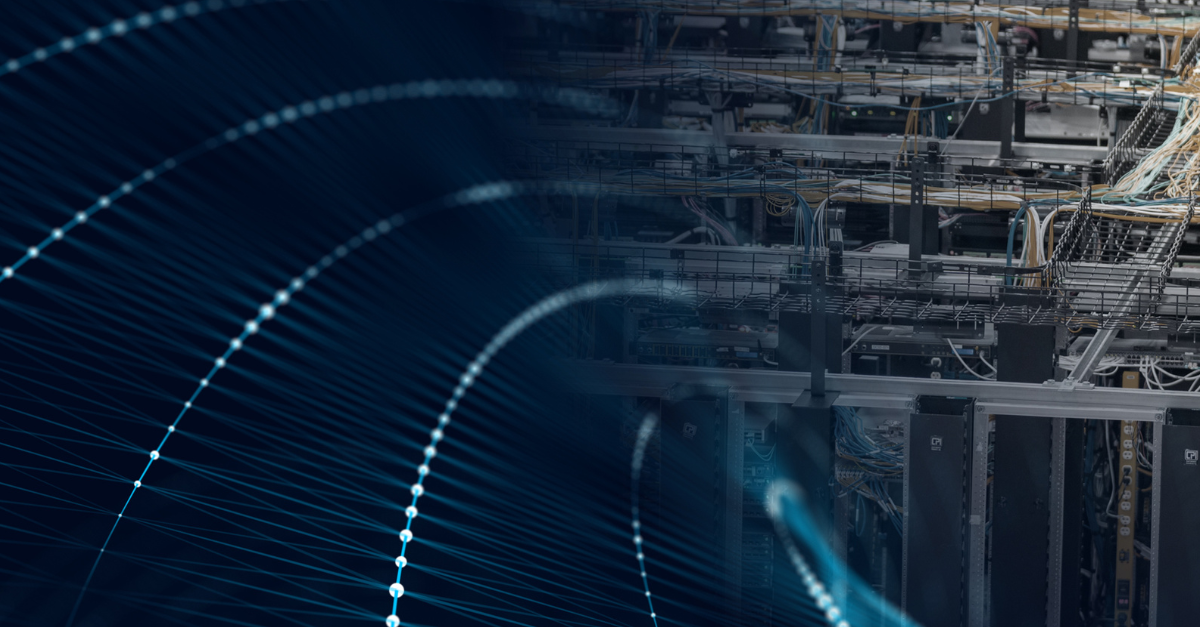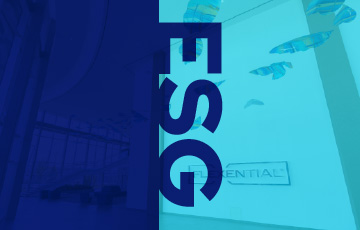Flexential® Executive Team Predicts 2021 Will Take Digital Infrastructure Beyond Four Walls
5G, Hybrid IT, Local Edge and Enabling the Future of Work are top themes of the new year

CHARLOTTE, N.C. - Flexential, a leading provider of data center colocation, cloud and connectivity, is sharing its predictions for the top technology trends we can expect in the coming year. As the pandemic created more distributed workforces in 2020, businesses have had to think outside the box, prioritizing more dispersed digital infrastructure, virtualization, edge technology and hybrid use cases. Flexential executives predict that a continued focus on application access outside the walls of the office will lead to many bright spots for the technology industry in 2021, including better access to connectivity, the acceleration of 5G, and better-than-ever disaster-proofing.
Flexential CEO Chris Downie expects the acceleration of interest for digital transformation, driven by goals for hybrid IT and multi-cloud architectures, will lead to continued growth for the data center market. "In 2020, digital infrastructure that is mission critical for businesses was required to be more geographically dispersed and more connected than ever before, as every company had to navigate the need for a more remote workforce," said Chief Executive Officer Chris Downie, Flexential. "We expect to see continued market growth in 2021, as 5G, IoT devices, and AI applications demand the highest levels of connectivity."
According to Ryan Mallory, chief operating officer, Colocation Services, "Access to consistently available, high-quality connectivity is not a given for many who live outside of heavily populated areas, and as people migrate out of cities for more space and more cost-effective living options, application accessibility and responsiveness has never been more important. Data center infrastructure that supports the local edge will play a critical role in supporting the connectivity needs of people across the country in the coming year."
Mike Fuhrman, chief operating officer of Cloud and Managed Services, expects this new normal of remote work to drive an increase in virtualized technology adoption in the coming year. "Desktop as a Service" (DaaS) technology will continue to grow in 2021," says Fuhrman. "This technology allows organizations to host the same desktops they previously had in traditional office environments virtually via cloud environments, and ensures all employees have consistent, secure access to information when they need it, from any device. As IT budgets remain tight into 2021, this technology also eliminates the need for organizations to invest in traditionally expensive hardware."
Jason Carolan, chief innovation officer at Flexential, expects technology innovation to spread far beyond the walls of the office. "The acceleration of 5G wireless network deployment this year will allow cities to come closer to realizing their smart vision in 2021, as they leverage 5G's faster connections, reliability and high capacity," said Carolan. "Be on the lookout for 5G making cities smarter in many ways – for example, offering connected driverless robots the ability to safely deliver food, medicine and other goods. Cities will start using 5G to update city maps on a minute-by-minute basis including those pesky construction sites, moving to even more real-time updates to improve critical traffic flow. 5G will step in to feed precise details into the cloud for instantaneous map updates so you (or those robots and drones) will never get lost again."
While the COVID-19 pandemic was not foreseen by most organizations, Flexential Chief Revenue Officer Pat Doherty believes as we look ahead to 2021, businesses will put a greater emphasis on ensuring they are prepared for disasters of all kinds in the future. "While IT budgets may be tight in the new year, I expect IT departments to double down on their business resiliency investments," said Doherty. "With this, adoption of Disaster Recovery-as-a-Service (DRaaS) will continue to grow. To effectively carry out their disaster recovery strategy, organizations will also put a renewed focus on employee user education, including cybersecurity awareness. For employees to understand the risk of downtime and data loss, they must know what could happen if they don't use the corporate VPN, a secure router, update their passwords, or click on a suspicious email."



